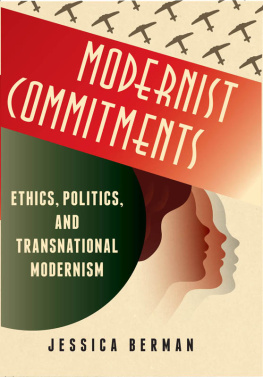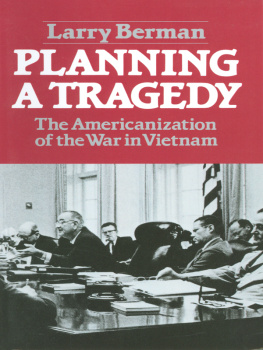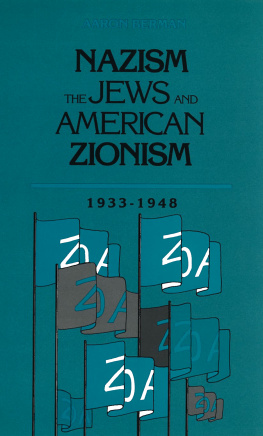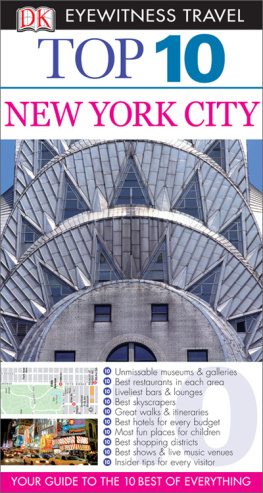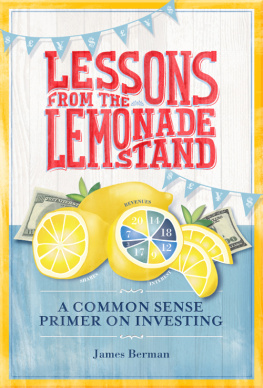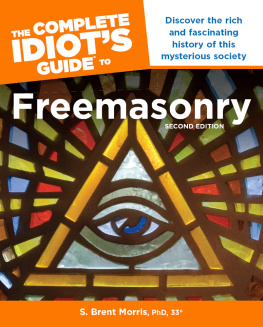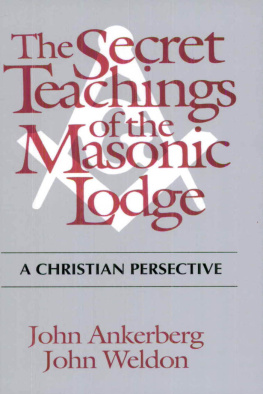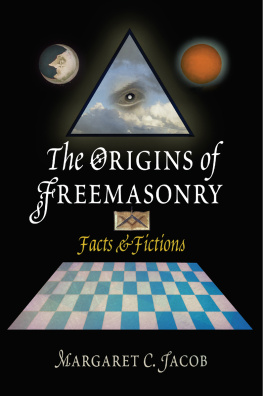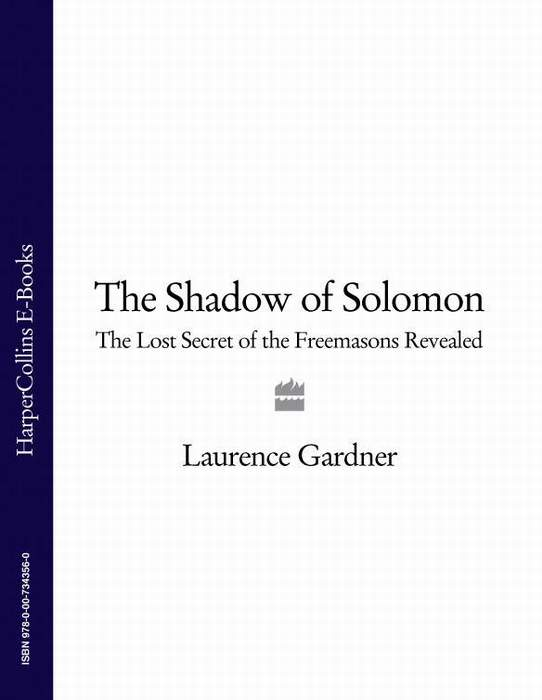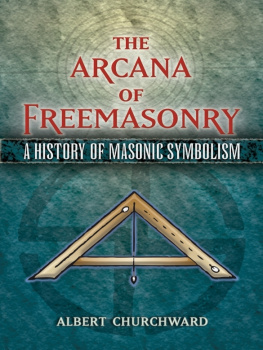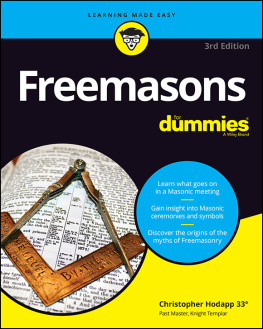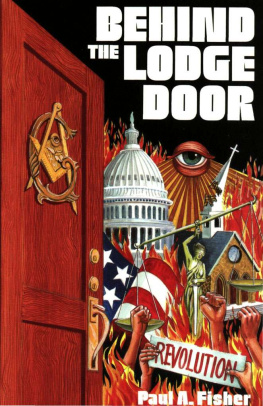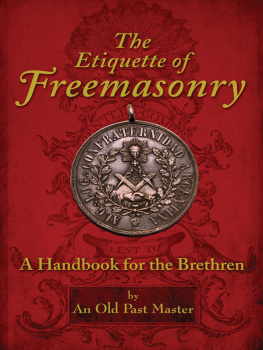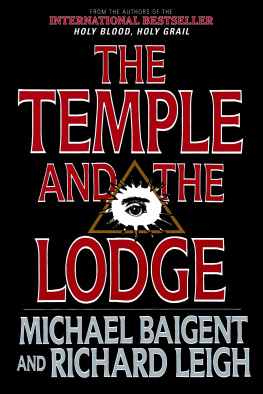Schism examines the creation of the Antients Grand Lodge and traces the influence of Ireland and the London Irish, and most especially that of Laurence Dermott, the Antients Grand Secretary, in the development of freemasonry in the second half of the eighteenth century.
The book demonstrates the relative accessibility of the Antients and contrasts this with the exclusivity of the Moderns the original Grand Lodge of England. The Antients instigated what became a six decades long rivalry with the Moderns and pioneered fundamental changes to the social composition of freemasonry, extending formal sociability to the lower middling and working classes and creating one of the first modern friendly societies.
Schism does not stand solely as an academic work but introduces the subject to a wider Masonic and non-Masonic audience and, most particularly, supplements dated historical works. The book contributes to the history of London and the London Irish in the long eighteenth century and examines the social and trade networks of the urban lower middling and working class, subjects that remains substantially unexplored. It also offers a prism through which Britains calamitous relationship with Ireland can be examined.
Cover illustration Antients Multi Degree Masonic Apron (Painton Cowen) (date unknown); frontispiece Ahiman Rezon, frontispiece (1778); copyright UGLE Library & Museum of Freemasonry and used with their kind permission
Richard Berman is the author of Foundations of Modern Freemasonry; he holds a Masters in Economics from the University of Cambridge and a Doctorate in History from the University of Exeter. Ric was previously a Senior Visiting Researcher at the University of Oxfords Modern European History Research Centre and is currently a Visiting Research Fellow at Oxford Brookes University. He lives with his family in Oxfordshire and is presently researching a book on colonial America.

Ahiman Rezon, frontispiece (1778).
Copyright Ric Berman, 2013, 2014.
Published in the Sussex Academic e-Library, 2014.
SUSSEX ACADEMIC PRESS
PO Box 139
Eastbourne BN24 9BP, UK
and simultaneously in the United States of America and Canada
All rights reserved. Except for the quotation of short passages for the purposes of criticism and review, no part of this publication may be reproduced, stored in a retrieval system, or transmitted, in any form or by any means, electronic, mechanical, photocopying, recording or otherwise, without the prior permission of the publisher.
British Library Cataloguing in Publication Data
A CIP catalogue record for this book is available from the British Library.
Library of Congress Cataloging-in-Publication Data
Berman, Ric.
Schism : the battle that forged freemasonary / Ric Berman.
pages cm
Includes bibliographical references and index.
ISBN 978-1-84519-606-6 (h/b : alk. paper)
ISBN 978-1-84519-607-3 (p/b : alk. paper)
ISBN 978-1-78284-006-0 (e-pub)
ISBN 978-1-78284-007-7 (e-mobi)
ISBN 978-1-78284-008-4 (e-pdf)
1. FreemasonryGreat BritainHistory18th century. I. Title.
HS595.A5B47 2013
366.1094109033dc23
2013006825
This e-book text has been prepared for electronic viewing. Some features, including tables and figures, might not display as in the print version, due to electronic conversion limitations and/or copyright strictures.
Contents
Index
List of Tables
List of Illustrations
Cover illustrations & frontispiece: FRONT Antients Multi Degree Masonic Apron (Painton Cowen) (date unknown); B ACK Antients Grand Register, Black List, extract; John Murray, 4th duke of Atholl (17551830), oil painting by Thomas R. Beaufort Hinkes (1901); F RONTISPIECE Ahiman Rezon, frontispiece (1778).
Plate section (after )
All illustrations used in this book are copyright UGLE Library & Museum of Freemasonry and used with their kind permission.
Acknowledgements
Many people have been generous with their time and comments during the final phases of this book and I would like to express particular thanks to Professors Toby Barnard of Oxford University and Roger Burt of Exeter University who both read and commented on a late draft, and to Doctors John Bergin, Petri Mirala and David OShaughnessy for their input into individual chapters and appendices. I would also like to thank the two unidentified academic readers who reviewed a pre-publication article based on this work for their encouragement and insight.
The research undertaken over the past two years required access to a considerable volume of data and I would like to acknowledge the assistance received from Rebecca Hayes, archivist and librarian, at the Library of the Grand Lodge of Ireland in Dublin, and Diane Clements, director, Martin Cherry, librarian, and Susan Snell, archivist, at the Library and Museum of the United Grand Lodge of England at Great Queen Street in London. Thank you for your patience and support.
Access to primary source material is a crucial component of any academic work and I am grateful to those Masonic lodges who allowed me access to their earliest records and, in particular, the Lodge of Antiquity, No. 2; St Georges and Corner Stone lodge, No. 5; Enoch lodge, No. 11; and the Old Kings Arms lodge, No. 28.
Finally, may I express my gratitude to the Modern European History Research Centre and the History Faculty of the University of Oxford through which I was provided with access to the records and data held at the Bodleian Libraries.
D R R ICHARD B ERMAN
February 2013
For Sue, Charlotte and Theo
Introduction
The first Grand Lodge of Freemasons was established in London in 1717. Ostensibly the product of four founding lodges seeking a structure for their mutual governance, the idea was more probably the creation of a small number of motivated members of the Horn tavern lodge led by Rev. Jean Theophilus Desaguliers, a Huguenot migr and Oxford-educated Newtonian scientist, at the time a recently made Fellow of the Royal Society and its curator and demonstrator. Although the new organisation initially sought to exercise influence over no more than those lodges established in the cities of London and Westminster, its remit expanded rapidly and within a few years, the Grand Lodge of England was positioned as a self-professed national governing authority for freemasonry and the principal force behind the movements development in England and elsewhere.
Several factors differentiated English freemasonry from the numerous other clubs and societies then being established in eighteenth century associational Britain. Desaguliers inner circle included Martin Folkes, later President of the Royal Society; William Cowper, the Clerk to the Parliaments, the administrative head of the Houses of Parliament; Charles Delafaye, the governments chief spymaster and a prominent undersecretary of state; and Charles, 2nd duke of Richmond and Lennox. All were members of the Horn tavern lodge, of which Richmond was Master, and each was eminent in his own right. Crucially, both they and other members of the lodge were exceptionally well connected and within a few years, leading members of the Whig aristocracy and government had been persuaded to join freemasonry, assume its leadership and provide the organisation with political protection and social imprimatur. At the same time, under the joint auspices of Desaguliers and George Payne, another member of the Horn, a new
Next page

